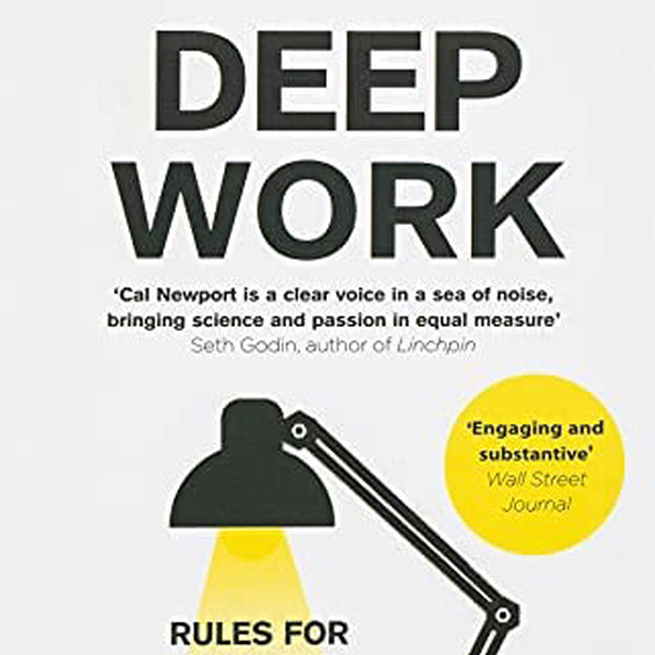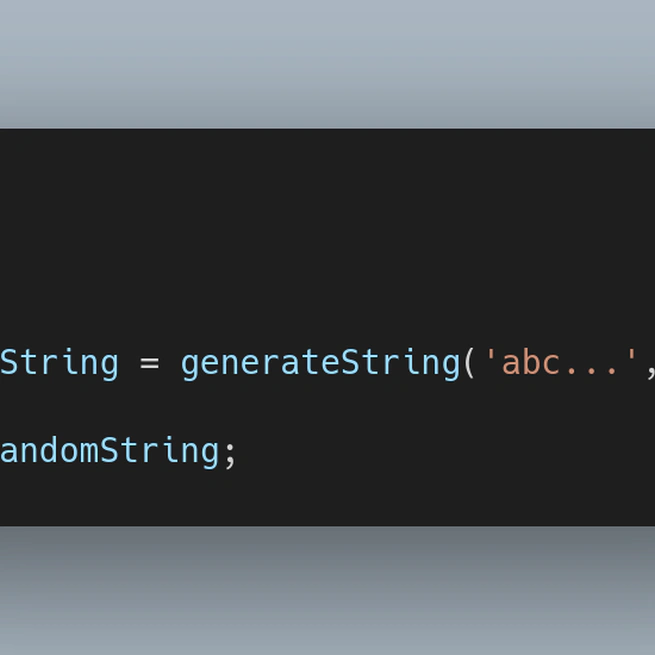
A book about deep work, on how to gain focus, and increase your productivity
Jun 26, 2024
Become an expert code reviewer
Jun 21, 2024
Use PHPStan to analyze your tests, to make them more effective, and reduce bugs
Jun 10, 2024

Use the Randomizer class to generate a random string, based on an input string.
Jun 4, 2024
Learn how to use mocks and stubs in PHPUnit to make your tests faster and more focused.
May 30, 2024
Learn how to use data providers in PHPUnit, to test a lot of scenarios and reduce code duplication
May 22, 2024
Learn how to write your first tests in PHPUnit, using assertions. Use methods like setUp and tearDown, to reduce code duplication
May 17, 2024
In this blog series we’ll go from writing our first unit test to being a PHPUnit master. This first post will go over the basics, and introduce you to PHPUnit
May 3, 2024
Today we ran into an issue with a build in one of our projects. Composer could no longer install, as a dependency was gone. When we opened our pipeline logs we saw the following error:
Apr 26, 2024
We’ve all had our CI fail due to an issue that couldn’t be fixed right away. Usually something like a security issue in a downstream package that can’t be updated yet. This then causes the build to fail, making us unable to merge or deploy. allow_failure seems like a great way to solve this, but it is not.
Jul 24, 2022